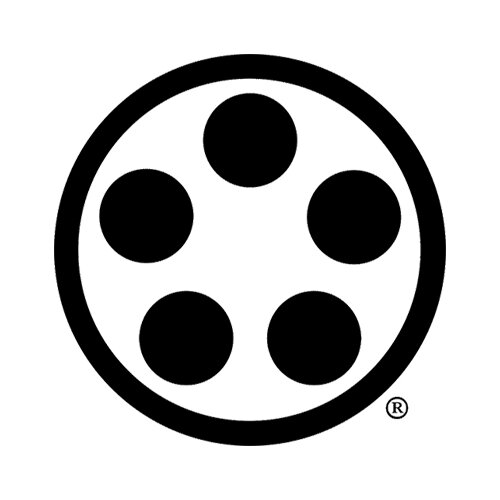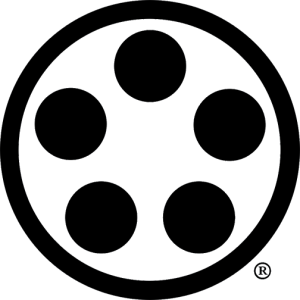POWER From Matters of Life and Death: Essays in Budō
Ordinarily we describe power in mechanical, political, mental, spiritual and even magical terms, all having to do with results produced by a quantity of effort, whether applied or held in reserve to initiate a specific chain of cause and effect. But this utilitarian description is actually the definition of force.
Power has more to do with being at the source of life. A helpless infant is not without power. There may be results that are not adequately explained by mechanical effort.
Suppose a person without training attempts to lift an upright piano. They approach this by assuming a strong position, and if reasonably careful, they apply force with thigh and diaphragm, pushing against the floor. Since a piano is too heavy for most people to lift, they strain every muscle, exerting maximum tension. They close off the throat, using the lungs and viscera as a cushion for more leverage. The face turns red, then a blotchy purple, contorting in a terrifying grimace, teeth grinding. The piano moves, or doesn’t. With a loud, explosive exhalation they drop everything.
Now a person with a few years of martial arts training arrives. They place themselves as did our muscular friend. But here they behave differently. They grasp the piano, set their posture, inhale deeply, breathe out steadily, and without facial contortions, up goes the piano. What makes the difference?
If we were to feel the muscles this person uses to lift, they would be in full tension. But unlike our untrained piano mover, the opposing muscles would be totally relaxed. Nothing not actually needed in lifting the piano would be tense. The abdomen might be solid, but the breath would not be constrained at all, the face composed.
Except for a few skilled professionals, people do not usually separate the muscle sets needed for a job from those they don’t need. Instead every muscle in the area is flexed more or less indiscriminately. Then the unneeded muscles operate in opposition to the ones actually doing the work. We might put forth tremendous effort with little to show for it, and call the work difficult.
Visiting a Dōjō devoted to a related art, I was invited to join a class. We were instructed to grasp our training partner by both wrists. If the grip was soft, the partner should respond with a certain throw to the rear; if the grip was hard, apply a straight-arm counter-thrust. When I took a very firm hold my partner performed as directed, thrusting straight back against my hands. Instead of being propelled backwards by my own rigid arms, my relaxed elbows bent, defeating the technique. My partner, who was familiar with this technique, looked surprised. But there was nothing wrong in his execution. His problem was my years of practice with a sword. A strong sword grip does not require tension in the upper arms: to the contrary, flexibility is critical. Although their art had historical roots in swordsmanship, they seldom practiced with the sword. In this way good technique will devolve to incomprehensible gestures and false expectations of effectiveness.
Most people never need to become organized beyond what might be called our default setting at birth. The level of organization that develops in the course of training is dramatically higher.
As the old teachings point out, strategy is independent of scale – “one man, ten thousand men” – and even conflicts between muscle sets in one’s arm are similar in principle to conflicts between siblings, villages or opposing armies. Strategies embodied in physical movements apply at every level. For example, the well-known “divide and conquer” is exemplified in our first example, in opposing muscle-sets canceling each other out.
The power of an efficient, well-organized physical body is only part of the story. Human conflict takes place in and between minds. Notions about how we evolved intelligence to feed and protect ourselves in the presence of large predators would not seem sufficient to account for this unique appendage: many other creatures face the same problem without such a radical adaptation. But competition with other groups of proto-hominids is quite different. After the large predators are outwitted and eaten, new problems are certain to arise. It seems inevitable that we would reach a point beyond which even well-coordinated force alone could not decide the outcome.
Despite the apparent necessities that gave it birth, Budô is not about managing threats or making them. It’s not about getting better at violence. It is absolutely not about “security”, it recognizes no such thing, and urges us to abandon any such notions. Ultimately the quest for survival, and then for dominance, has led to an awakening to something beyond the repetition of automatic survival reactions derived from past events.
In a traditional Dōjō we operate in such a way as to test the limits of power beyond what is reasonable. My Instructor requires the class to walk past him without stopping or changing pace. As I pass him his arm blocks my path at chest height. He outweighs me by fifty pounds, and it’s all solid muscle. I feel as if I’ve hit a wall.
He then works with the class to invoke a different state of mind. I relax, set my gaze far into the distance, and lower my center, something that only makes sense to say after some months of intensive training. Then I move forward, with no thought of an arm or a wall or anything in the way. Without effort, I walk on by, regardless of all opposition.
Force is inadequate to explain this: no matter how well organized I am, the opposing force is measurably overwhelming. Concretely, he is capable of stopping a much larger person than I am. But from the standpoint of power, my perception of my Instructor’s strength was only an assumption on my part, which having been abandoned, no longer held me back.
However this may be, this experience forced a change in perception. Over the years there have been many demonstrations that my view of life is suspect. I know far less than I did in the beginning, which in this context does not seem like much of a loss.
The end.


